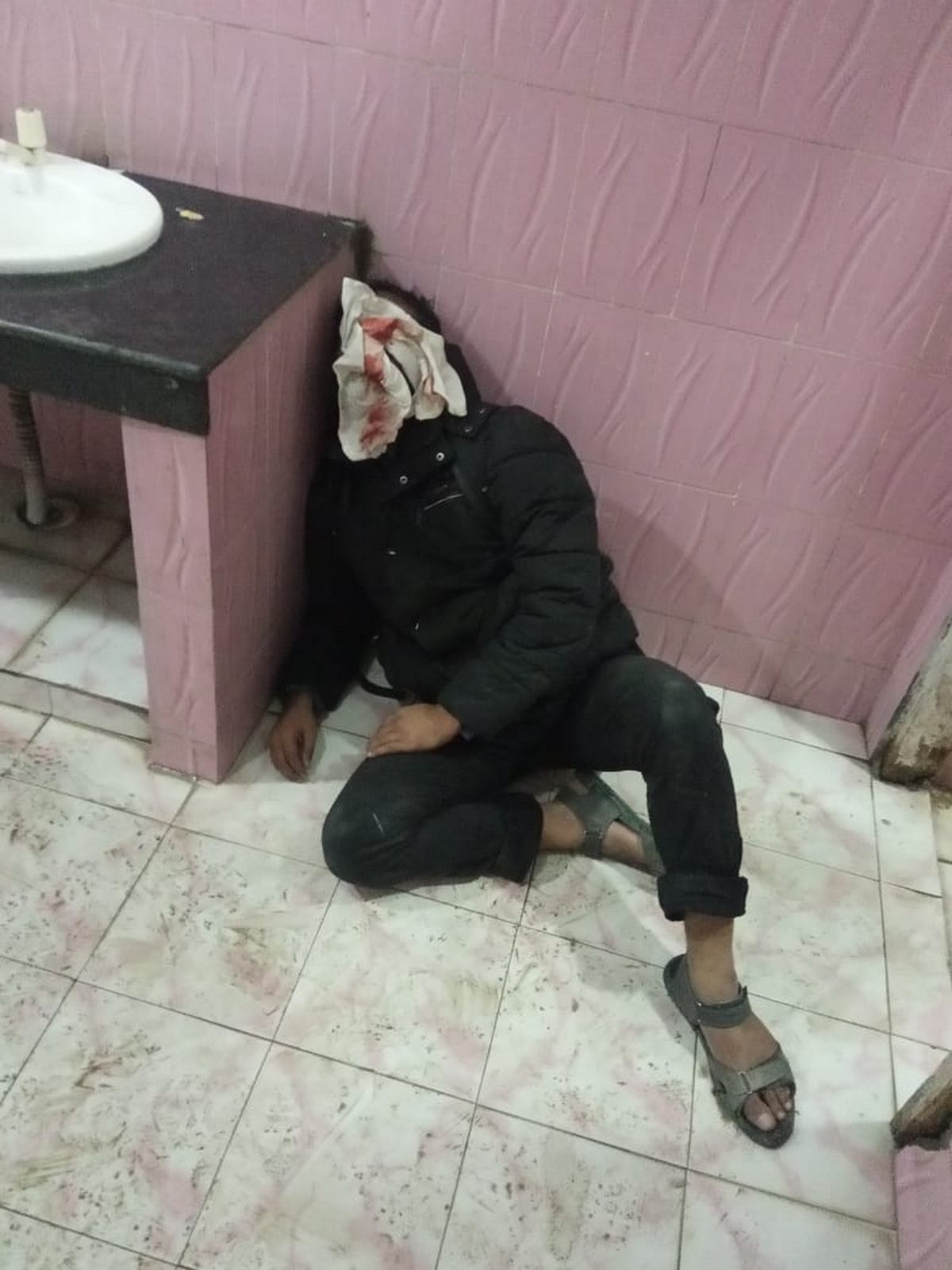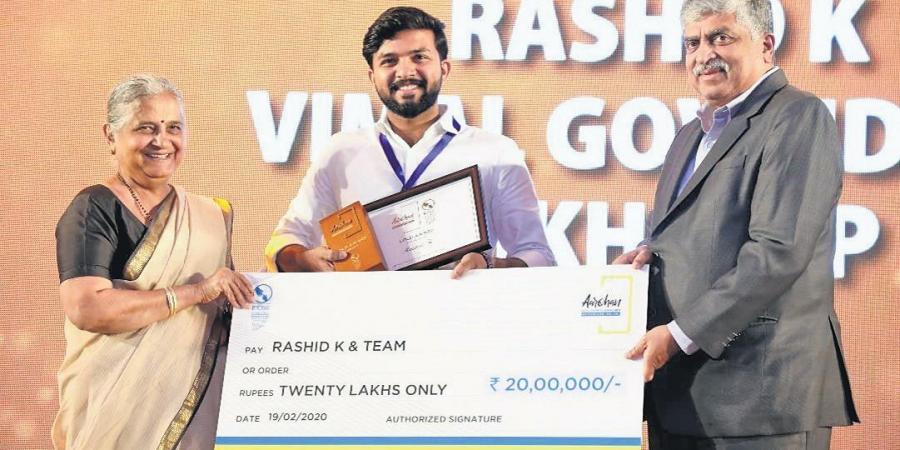Samastipur, BIHAR :
Mohammed Minhajuddin had just submitted his paper when Delhi Police lathi-charged students in the Jamia library on 15 December. He lost his left eye in the incident.

New Delhi:
Mohammed Minhajuddin, 26, was writing a paper on the theme of human rights and development on 15 December 2019 in the Jamia Millia Islamia library when the Delhi Police barged in and lathi-charged the students. A lathi blow cost law student Minhaj vision in his left eye; doctors say it will never come back.
On Tuesday, over two months after the incident, Minhaj’s paper was named the best paper in its category at the Jamia Teachers’ Association award. The paper, titled ‘Enhancing the scope of opportunities for religious scholars with special reference to Islam’ deals with the intersection of human rights and religion. The deadline for submission was 15 December, and Minhaj had submitted it just minutes before the police lathi-charge.
Since then, life has been a struggle for Minhaj, but he hasn’t lost his resolve to make the best of a bad situation.
“After losing my eyesight, I struggled a lot to prepare for the presentation. I had to work with just one eye, my head constantly aching. It was tough to even concentrate,” Minhaj told ThePrint.
Feeling vindicated
On 15 December, the Delhi Police had entered the Jamia campus amid protests against the Citizenship Amendment Act . A picture of Minhaj lying in a university washroom bleeding from his eye was widely shared on social media, and several students, including him, had alleged that the police lathi-charged students in the library, a claim the police had vociferously denied .

However, multiple videos have surfaced since 16 February, showing policemen beating the students in the library with batons. Today, Minhaj feels vindicated.
“It wasn’t just me. Several students had given testimonies highlighting police brutality in the library. But with these videos out now, there is no scope of lies anymore. The truth is out in the open,” he said, adding that he was offered Rs 5 lakh compensation and some words of sympathy by the Aam Aadmi Party MLA from Okhla, Amanatullah Khan.
After the video showing police beating the students triggered a storm, the Delhi Police too released footage showing alleged ‘rioters’ entering the library. But Minhaj says the library he was in — the old reading room in the MPhil department — didn’t have any protesters.
“Everyone in this library was a student who had just been studying here. The protesters may have entered another library, not this one,” he said, adding that those who can be seen wearing handkerchiefs on their faces in the video were merely protecting themselves from the tear gas shells fired by the police.
Minhaj is hopeful that with the videos out, policemen will be taken to task.
Not willing to give up on dreams
Minhaj came to Delhi from Bihar’s Samastipur two years ago aspiring to practise law in the capital, and that’s a dream he is not willing to give up on.
“I know life will be a challenge now. But I can’t give up or fall into despair. I have to keep studying and working towards a better life,” Minhaj said, while playing with his nephew and niece at his sister’s home in Jamia Nagar, where he has been staying since the incident.

Minhaj’s father, who is a school teacher at a government school in Samastipur, keeps asking him to come back.
“They (parents) are scared, which I understand. But I can’t leave until I complete my final semester,” said Minhaj, who completed his LLB from Aligarh Muslim University (AMU).
No help from university
Two months on from the life-altering incident, Minhaj isn’t resentful or angry, but disappointed at Jamia Millia Islamia.
“It is the university’s duty and responsibility to keep its students safe. It failed to do so,” he said, adding that Jamia vice-chancellor Najma Akhtar met him once after the incident.
“She said I can submit my treatment bills to the university and they will reimburse it. But my friends say that just reimbursement isn’t enough — I should be given compensation for the physical loss and mental trauma,” he said.
Minhaj has managed to keep his calm through this entire period, but he said his friends are still angry.
“It is my batchmates who took me to the hospital that day. No one from the university administration helped. My friends took me from one hospital to another, as all doctors refused to check on me,” Minhaj said.
Finally, Minhaj got treated at AIIMS, and he has to visit the doctor every two weeks to check on his eye.
“I need to keep going for a check-up to ensure the infection doesn’t spread to the other eye.” he said.
source: http://www.theprint.in / The Print / Home> India / by Fatima Khan / February 28th, 2020
















